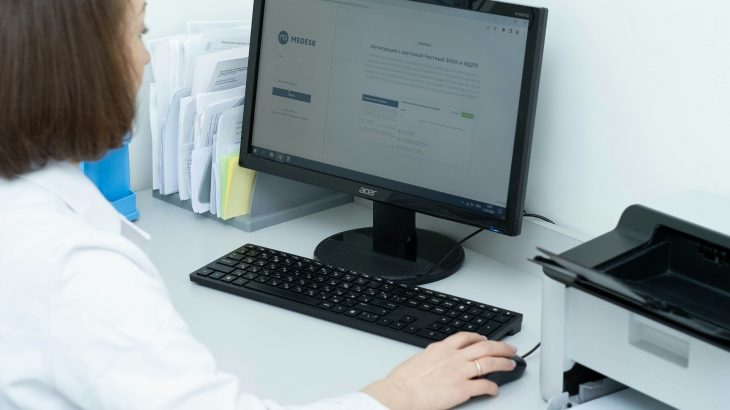5 HIPAA Best Practices Security Leaders Can’t Afford to Overlook
For CISOs in healthcare, HIPAA compliance isn’t just about regulatory checkboxes, it’s about safeguarding the trust at the core of the patient–provider relationship. Every security decision has clinical and business implications. A ransomware attack can delay surgeries. A lost laptop can trigger federal investigations. A single phishing email can expose millions of records.
That means security leaders need more than policies on paper, they need a living, breathing security program aligned with HIPAA and resilient against today’s threat landscape.
What Is HIPAA?
HIPAA, created in 1996, was meant to streamline the flow of healthcare information and protect the privacy and security of sensitive patient data. Its regulations are aimed at protecting Protected Health Information (PHI) in a time when digitalization and interconnected systems are prevalent in the healthcare sector.
Key components of HIPAA include:
- The Privacy Rule: Sets standards for how Protected Health Information (PHI) should be used and disclosed.
- The Security Rule: Outlines technical, physical, and administrative safeguards for electronic PHI (ePHI).
- The Breach Notification Rule: Requires healthcare entities to notify affected individuals and authorities in the event of a breach.
Failure to comply with HIPAA can result in severe fines, loss of public trust, and even criminal charges.
Here are five best practices that every CISO should ensure are operationalized within their organization.
1. Enforce Access Discipline
HIPAA’s “minimum necessary” requirement should be treated as a strategic control, not just compliance language. CISOs should mandate role-based access control (RBAC) and extend it with multi-factor authentication (MFA) to all systems managing PHI. Regular access recertification and offboarding processes must be automated where possible to minimize insider risk exposure.
2. Standardize and Scale Encryption
CISOs should treat encryption not as a defensive feature, but as a core compliance and business enabler, especially as interoperability and third-party integrations expand. Equally important is centralized key management: fragmented practices create operational blind spots and weaken incident response.
3. Operationalize Monitoring and Auditing
HIPAA requires auditability, but regulators increasingly expect continuous monitoring. CISOs should direct investments into SIEM and UEBA (User and Entity Behavior Analytics) capabilities to detect anomalies in real time, supported by comprehensive log management. Scheduled penetration tests and internal audits validate not just technical controls, but also the organization’s ability to evidence compliance during OCR inquiries. This isn’t just about passing audits; it’s about proving resilience.
4. Institutionalize Incident Response
An incident response plan on paper is meaningless if it hasn’t been tested. CISOs should lead the charge in developing a HIPAA-compliant breach notification process that aligns with both federal timelines and state-specific disclosure requirements. Regular tabletop exercises should include executive leadership and clinical stakeholders, since breaches have operational, legal, and reputational dimensions. When – not if – a security event occurs, response speed and communication clarity will define the outcome.
5. Treat Workforce Training as Risk Management
Human error remains the top root cause of HIPAA violations. Annual compliance modules won’t cut it. CISOs should sponsor a continuous workforce education program that includes adaptive training, simulated phishing campaigns, and scenario-based exercises. Messaging should be aligned with organizational culture: staff need to understand that protecting PHI is not just a compliance duty, but a patient safety issue.
Conclusion
HIPAA provides the regulatory baseline, but it’s not a strategy. Effective CISOs view compliance as a byproduct of a well-structured security program, not the end goal. By embedding these five best practices into the organization’s governance framework, security leaders can simultaneously satisfy regulators, reduce breach risk, and strengthen the trust patients place in their providers.
In healthcare, cybersecurity isn’t abstract — it’s mission-critical. And CISOs sit at the nexus of compliance, risk, and patient care.
Monitoring Remote Sessions
Security monitoring is crucial for preventing ransomware attacks as it enables early detection, identification of vulnerabilities, monitoring for anomalies, data protection, and compliance with regulatory requirements.
RecordTS will record Windows remote sessions reliably and securely for RDS, Citrix and VMware systems. Scalable from small offices with one server to enterprise networks with tens of thousands of desktops and servers, RecordTS integrates seamlessly with the native environment.
